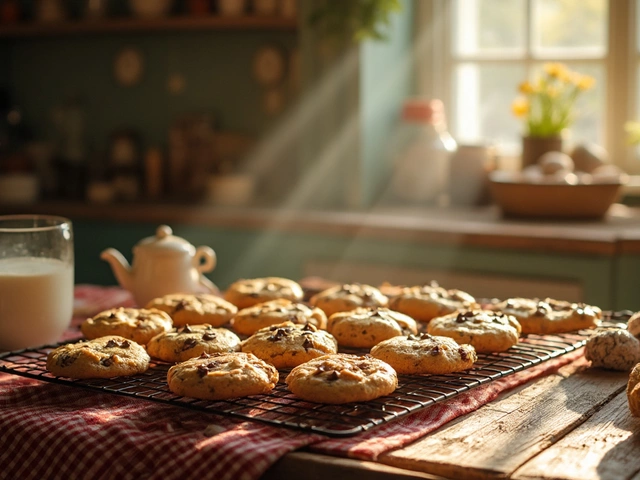Moldy Cheese: How to Tell What’s Safe and How to Store It
If you’ve ever opened a block of blue cheese and seen a white or green fuzz, you might wonder whether it’s still good to eat. Not all mold is bad – some cheeses are meant to develop it. The trick is knowing the difference between the intentional mold that gives cheese its flavor and the unwanted mold that can make you sick.
Is Moldy Cheese Safe?
Cheeses like Roquefort, Gorgonzola, and Stilton are inoculated with specific Penicillium strains. Those spots are safe and even prized for their tangy, creamy taste. If the cheese you bought isn’t a blue‑type, any mold you see is likely a contaminant. In that case, cut away at least an inch around the spot (including the depth) and discard the rest. If the cheese has a strong, off‑odor or a slimy texture, it’s best to toss it.
Storing and Using Moldy Cheese
Keep mold‑positive cheeses wrapped in parchment or cheese paper, then place them in a loose bag inside the fridge. This lets the cheese breathe while staying moist. For regular cheeses, wrap them tightly in plastic wrap and store them in the vegetable drawer. If you notice a small spot of mold on a hard cheese like cheddar, you can safely cut it out with a generous margin and keep the rest.
When you’re ready to serve, let the cheese sit at room temperature for about 30 minutes. That brings out the full flavor and makes the texture easier to slice. Pair blue cheeses with honey, pear, or toasted walnuts for a classic combo. If you’ve salvaged a hard cheese after cutting out mold, use it in cooked dishes – melt it into sauces, sprinkle over pasta, or grate it into a casserole.
Always trust your senses. If something looks, smells, or feels off, it’s not worth the risk. Good mold adds depth; bad mold spoils the experience. With these quick checks, you can enjoy the unique taste of moldy cheeses without worry.
So next time you spot blue veins or a little white fuzz, you’ll know whether to dive in or discard. Store properly, cut wisely, and let the flavors shine – that’s the simple path to safe, tasty moldy cheese.

Discover the Moldy Cheese Behind the Famous Tiramisu Twist
Explore the fascinating connection between moldy cheese and its unexpected role in crafting a unique take on the beloved dessert, Tiramisu. This article delves into the history and science of moldy cheese, like blue cheese, and how it inspires creative culinary adventures. Discover tips and tricks for incorporating this surprising ingredient into a sweet delicacy. By the end, learn how moldy cheese can transform your dessert offerings with a twist of daring flavors.
View More



